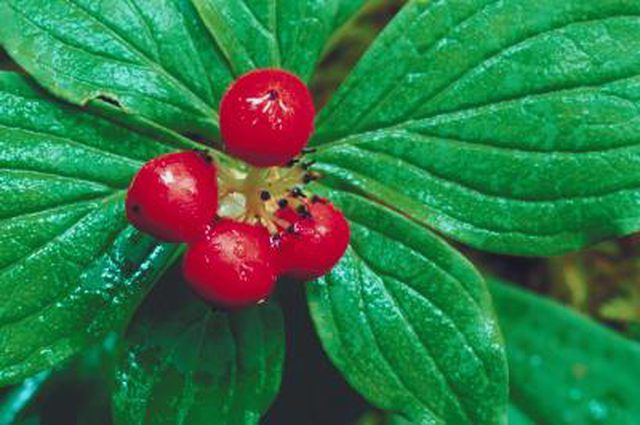Bulbs
Flower Basics
Flower Beds & Specialty Gardens
Flower Garden
Garden Furniture
Garden Gnomes
Garden Seeds
Garden Sheds
Garden Statues
Garden Tools & Supplies
Gardening Basics
Green & Organic
Groundcovers & Vines
Growing Annuals
Growing Basil
Growing Beans
Growing Berries
Growing Blueberries
Growing Cactus
Growing Corn
Growing Cotton
Growing Edibles
Growing Flowers
Growing Garlic
Growing Grapes
Growing Grass
Growing Herbs
Growing Jasmine
Growing Mint
Growing Mushrooms
Orchids
Growing Peanuts
Growing Perennials
Growing Plants
Growing Rosemary
Growing Roses
Growing Strawberries
Growing Sunflowers
Growing Thyme
Growing Tomatoes
Growing Tulips
Growing Vegetables
Herb Basics
Herb Garden
Indoor Growing
Landscaping Basics
Landscaping Patios
Landscaping Plants
Landscaping Shrubs
Landscaping Trees
Landscaping Walks & Pathways
Lawn Basics
Lawn Maintenance
Lawn Mowers
Lawn Ornaments
Lawn Planting
Lawn Tools
Outdoor Growing
Overall Landscape Planning
Pests, Weeds & Problems
Plant Basics
Rock Garden
Rose Garden
Shrubs
Soil
Specialty Gardens
Trees
Vegetable Garden
Yard Maintenance
How to Plant Vaccinium Huckleberry Seeds
How to Plant Vaccinium Huckleberry Seeds. The many varieties of huckleberry (Vaccinium) offer green thumbs edible berries without the worry of major pests or diseases. These plants grow in U.S. Department of Agriculture plant hardiness zones 4 through 8, and can be started from seedlings, cuttings or seeds. As a wild plant that is slowly gaining...

The many varieties of huckleberry (Vaccinium) offer green thumbs edible berries without the worry of major pests or diseases. These plants grow in U.S. Department of Agriculture plant hardiness zones 4 through 8, and can be started from seedlings, cuttings or seeds. As a wild plant that is slowly gaining traction in home gardens, the latter method is typically the easiest to come by. If your local nursery doesn't carry huckleberry seeds, you can take your own seeds from huckleberry fruits.
Things You'll Need
4-inch pots
Potting soil
Sand
Spray
Water-soluble fertilizer
Sawdust
Sow your huckleberry seeds at the beginning of the new year. Fill small pots, each about 4 inches in diameter, with a moist potting soil. Use soil with a peat-moss base and a sand, pumice or perlite content of about 25 to 50 percent. In each pot, place three or four seeds on the surface of the soil, and gently cover them with about 1/8 inch of sand.
Place the pots indoors or in a greenhouse where daytime temperatures range from 70 to 80 degrees Fahrenheit and nighttime temperatures range from 50 to 60 degrees Fahrenheit.
Mist the pots with water from a spray bottle, keeping the soil consistently moist until seedlings appear in about four to eight weeks. Water the seedlings once or twice a day -- do not let the soil dry out between waterings.
Fertilize huckleberry with a water-soluble fertilizer. During the early spring, when buds first appear, through the early summer, use fertilizer with an NPK ratio of 9-45-15 or 10-60-10. Use 20-10-20, 20-20-20 or 20-30-20 fertilizer from early to mid summer, and 5-11-26 fertilizer during the late summer through the start of autumn. During each period, apply fertilizer once every one or two weeks. For these young plants, use about 0.07 ounces of fertilizer per gallon of water -- or 0.5 grams per liter -- or the dilution rates recommended by the manufacturer. Apply via watering, slowly soaking the soil through as you normally would.
Plant the young huckleberry outdoors in an 18- to 24-inch-deep sawdust bed in mid to late summer, keeping the plants in the pots. The tops of the pots should rest about 2 to 4 inches beneath the surface of the sawdust. Stop fertilizing the plants once you've moved them outdoors. Water your huckleberry so that the soil is constantly moist, but never waterlogged. Keep the seedlings in their pots for two to three years, or until they're about 6 inches tall, before transferring them to the garden bed.
Tips & Warnings
Species such as evergreen huckleberry (Vaccinium ovatum), blue huckleberry (Vaccinium deliciosum), red huckleberry (Vaccinium parvifolium) and black huckleberry (Vaccinium membranaceum) lend themselves well to gardens.
To extract huckleberry seeds from fruits, wash away the skin and pulp, then place the tiny seeds in a glass full of water. Pour the water into an empty glass, and allow the seeds to settle to the bottom. Discard pulp, debris and seeds that float until you're left only with the heavier seeds, which sink to the bottom of the glass. Plant the seeds immediately after extracting them.
Plant huckleberry in regions that get about 1 to 2 feet of snow each year, but avoid planting it where temperatures drop below zero degrees Fahrenheit. Huckleberry needs a dormant winter period, but it can't survive in below-zero temperatures.
Be patient. Species such as blue and black huckleberry don't start flowering until about two to five years after sowing.